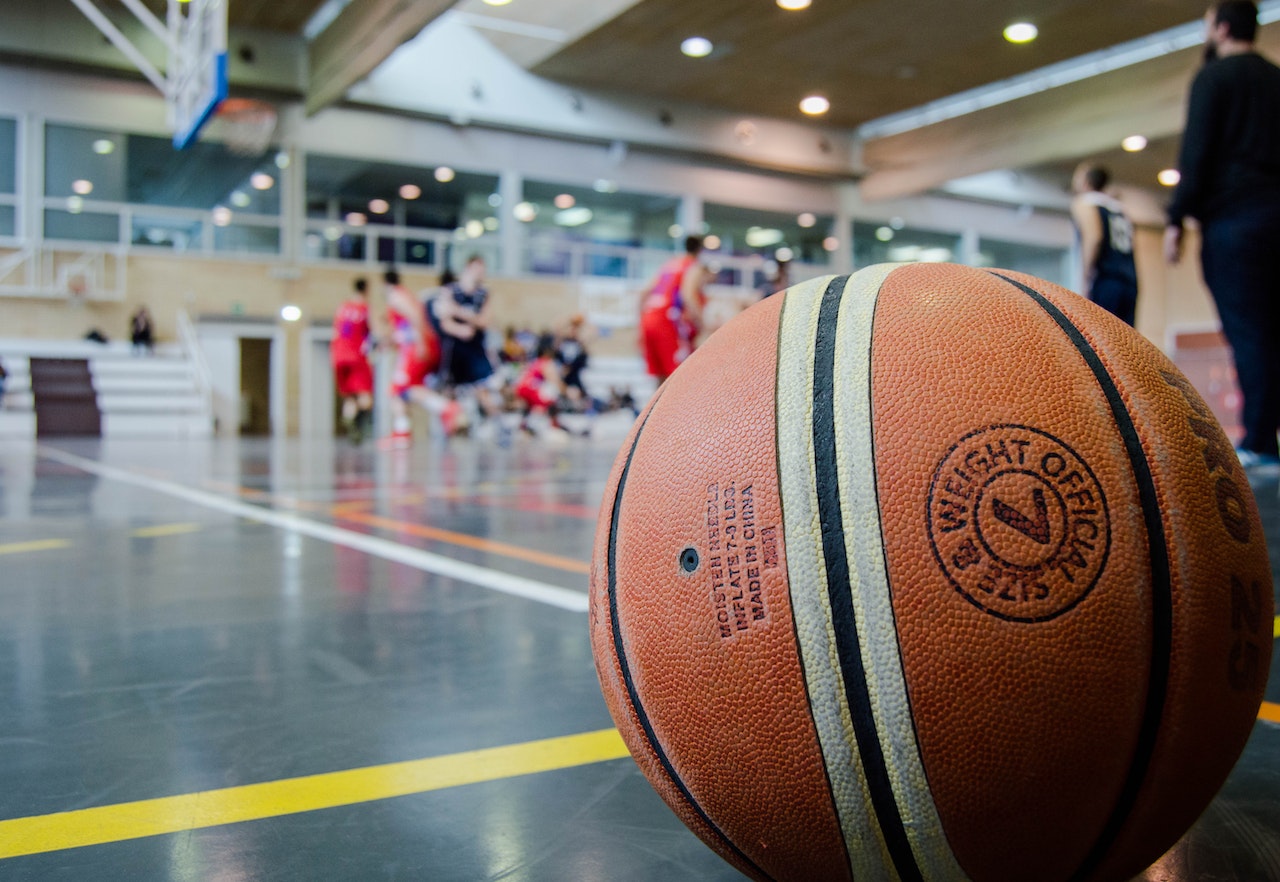Virtual reality (VR) technology has rapidly evolved over the past decade, making its way into various industries and transforming the way we experience and interact with digital content. One field where VR is making a significant impact is athletic training. With its ability to create immersive and realistic simulations, virtual reality is revolutionizing the way athletes train, pushing the boundaries of performance and unlocking new possibilities for skill development and mental preparation.
-
Immersive Visualization for Mental Conditioning:
In the realm of sports, mental conditioning plays a crucial role in an athlete’s success. Virtual reality provides a unique platform for athletes to enhance their mental resilience and improve performance under pressure. Through immersive visualization, athletes can simulate high-stress game situations, visualize successful outcomes, and practice overcoming challenges in a controlled and safe environment.
For example, a basketball player can use VR to simulate the final seconds of a championship game, with the crowd roaring and the pressure mounting. By repeatedly experiencing and successfully navigating such scenarios, athletes can build confidence, improve decision-making skills, and better manage stress during actual competitions.
-
Realistic Replication of Game Scenarios:
One of the key advantages of virtual reality in athletic training is its ability to replicate real-world game scenarios with a high level of accuracy. Whether it’s a football quarterback reading defenses, a tennis player reacting to a fast serve, or a golfer analyzing a challenging course, VR can recreate these scenarios and allow athletes to practice repeatedly in a controlled environment.
VR training systems often utilize motion capture technology to track an athlete’s movements and translate them into the virtual world. This enables athletes to refine their techniques, work on timing and precision, and experiment with different strategies without the physical strain or risk of injury associated with real-world training. The ability to practice and analyze specific game scenarios in a highly realistic virtual environment is invaluable for athletes seeking to improve their skills and gain a competitive edge.
-
Injury Prevention and Rehabilitation:
Athletic training is not only about skill development but also about injury prevention and rehabilitation. Virtual reality is proving to be a powerful tool in both areas. Through VR, athletes can learn proper techniques and movements to avoid injury, especially in sports that involve repetitive motions or high-impact activities.
Additionally, virtual reality can aid in the rehabilitation process by providing engaging and interactive exercises that promote movement and flexibility. For instance, a runner recovering from a knee injury can use VR to engage in simulated running activities, gradually rebuilding strength and coordination in a controlled and monitored manner.
-
Remote Coaching and Collaboration:
Virtual reality is breaking down geographical barriers and enabling remote coaching and collaboration in athletic training. Coaches and trainers can use VR systems to provide real-time feedback and guidance to athletes, regardless of their physical location. This is particularly beneficial for athletes who are unable to access specialized coaching due to distance or resource limitations.
Moreover, VR facilitates collaborative training sessions, allowing athletes from different parts of the world to train together in the same virtual environment. This not only fosters a sense of camaraderie but also exposes athletes to diverse training styles and strategies, broadening their horizons and enriching their overall training experience.
Conclusion:
Virtual reality is revolutionizing athletic training by offering immersive visualization for mental conditioning, realistic replication of game scenarios, injury prevention and rehabilitation support, as well as remote coaching and collaboration opportunities. As VR technology continues to advance, we can expect even more sophisticated and personalized training experiences that push the boundaries of athletic performance. Embracing virtual reality in training programs has the potential to unlock new levels of excellence for athletes and reshape the future of sports training.

